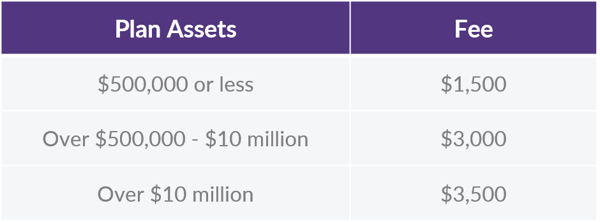Plan Corrections: When Bad Things Happen to Good Plans

Overview of EPCRS
The IRS created EPCRS, or the Employee Plans Compliance Resolution System, in 1991 to provide plan sponsors with a mechanism to fix mistakes. Since then, EPCRS has seen more than 30,000 corrections, and Congress has even taken notice, instructing the IRS to expand the program so that more companies can take advantage of it.
Before diving into the deep end, let us take a look at some of the general principals. First and foremost, the program is designed to un-do the error…in other words, to place participants in the position they would have been in had the error never occurred. For example, the correction may involve making additional contributions to the plan, reversing improper distributions or some combination of these and other steps.
Components of EPCRS
Self Correction Program (SCP)
Voluntary Correction Program (VCP)
- Plan Document Failure: The plan document is missing something it should contain or includes language is not allowed to contain. Usually occurs when a plan sponsor does not update a plan document in a timely manner after a change in the law.
- Employer Eligibility Failure: A company sponsors a plan it is not allowed to sponsor, e.g. a for-profit company with a 403(b) plan.
- Demographic Failure: The plan fails certain annual nondiscrimination tests, such as the minimum coverage test, and does not correct within the timeframe permitted by IRS rules.

General Comments about Corrections
- Correction must be complete. In other words, if the failure spans multiple years, all years must be corrected.
- Corrections should generally keep assets in the plan.
- When dealing with a nondiscrimination failure, corrections should generally provide additional benefits to non-highly compensated employees.
- Corrections should be based on the plan terms, contribution limits, etc. at the time the failure occurred.
Sample Corrections
Not allowing an eligible employee to make 401(k) contributions
- Determine how much the employee would have contributed.
- Make a company contribution generally equal to half that amount.
- Make a company match contribution equal to whatever match the employee would have received.
- Adjust items 2 and 3 for missed investment gains and deposit that amount.




















